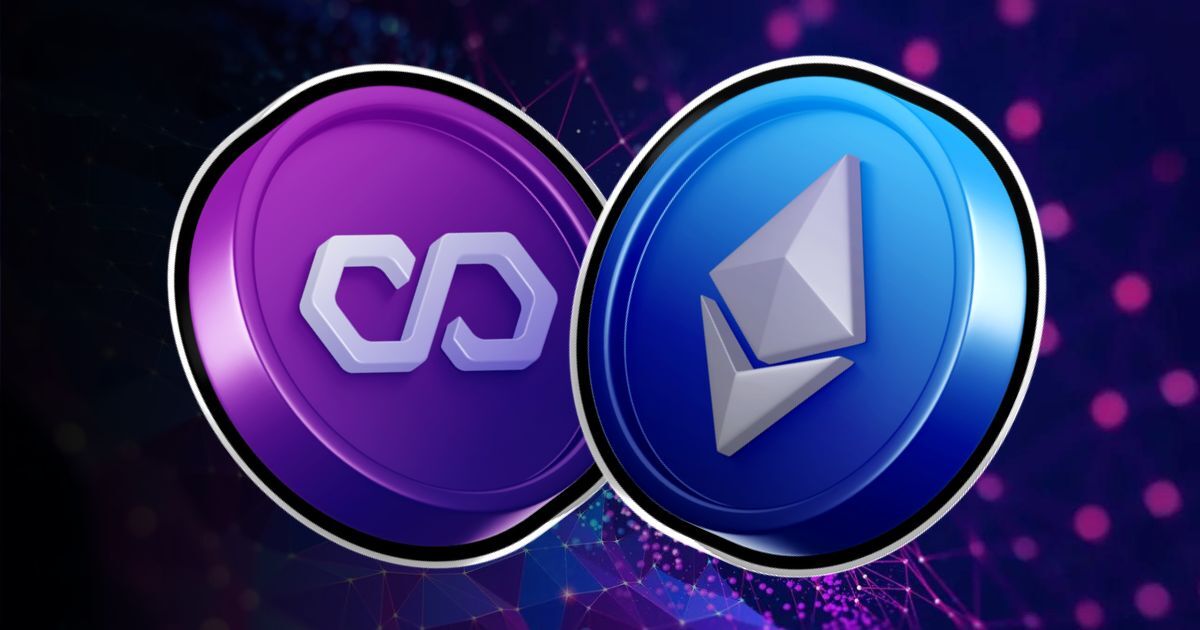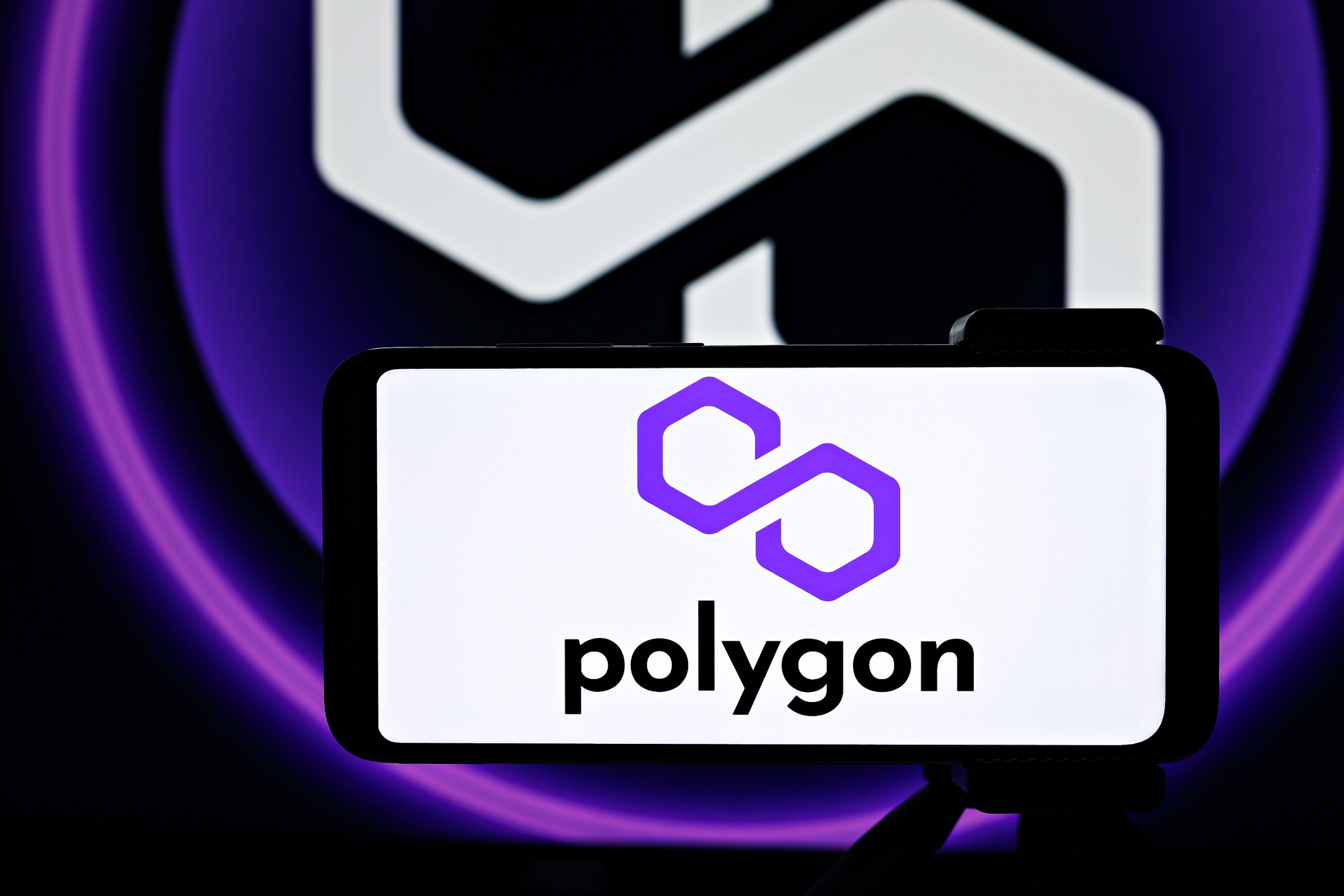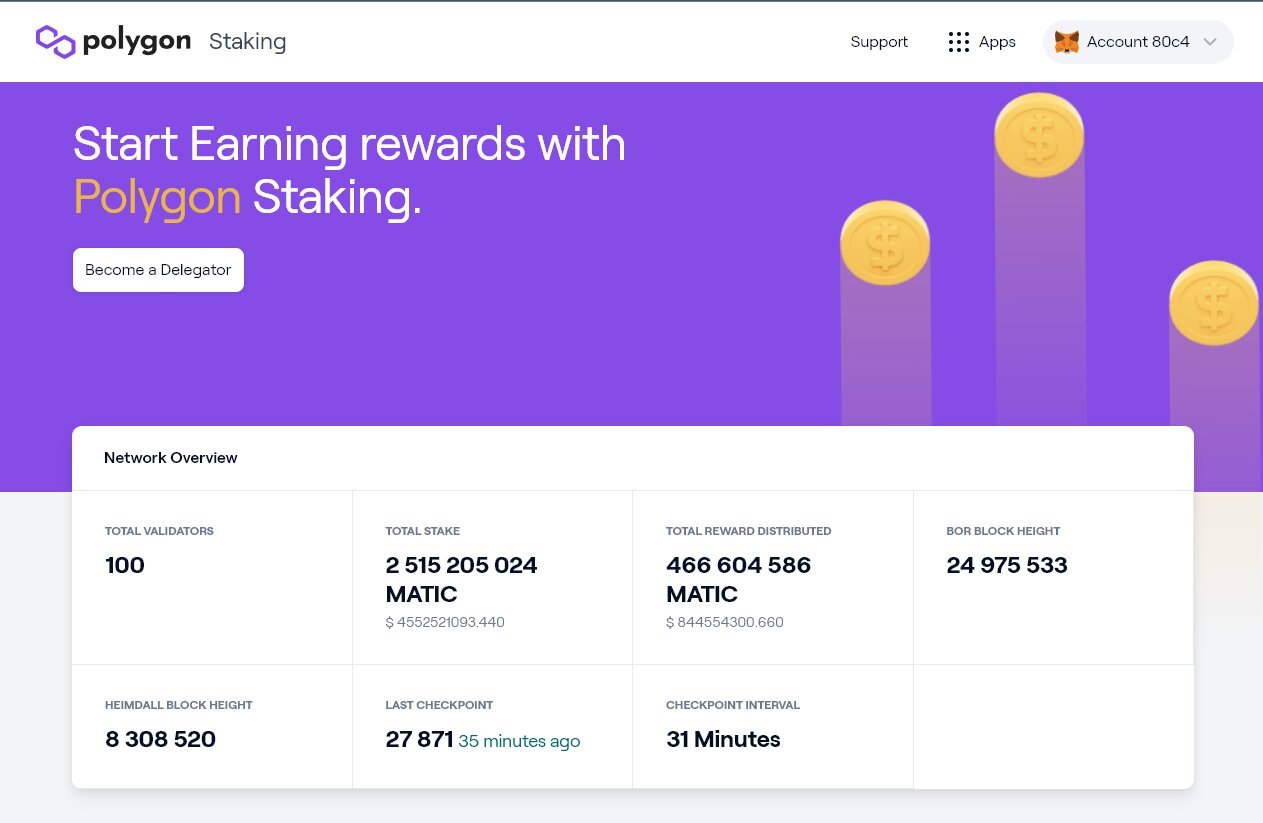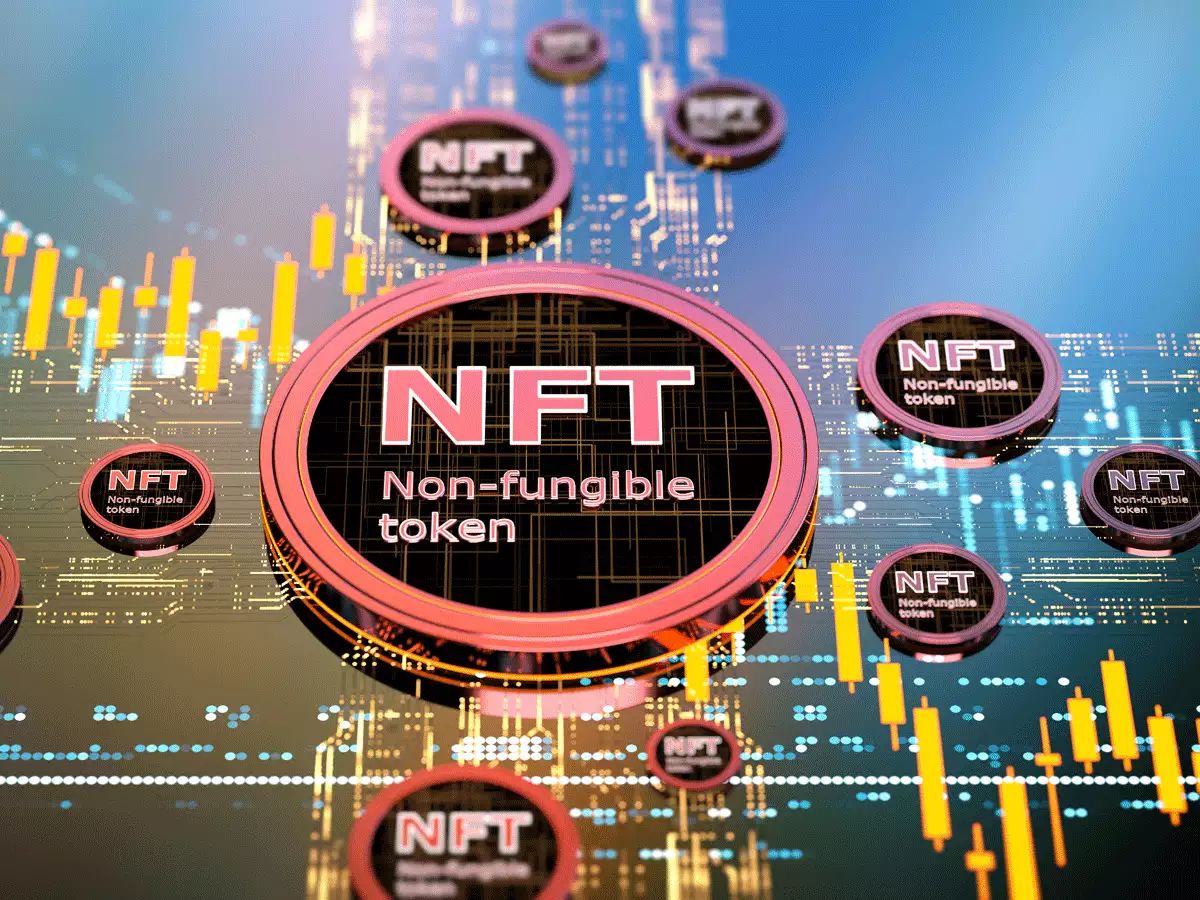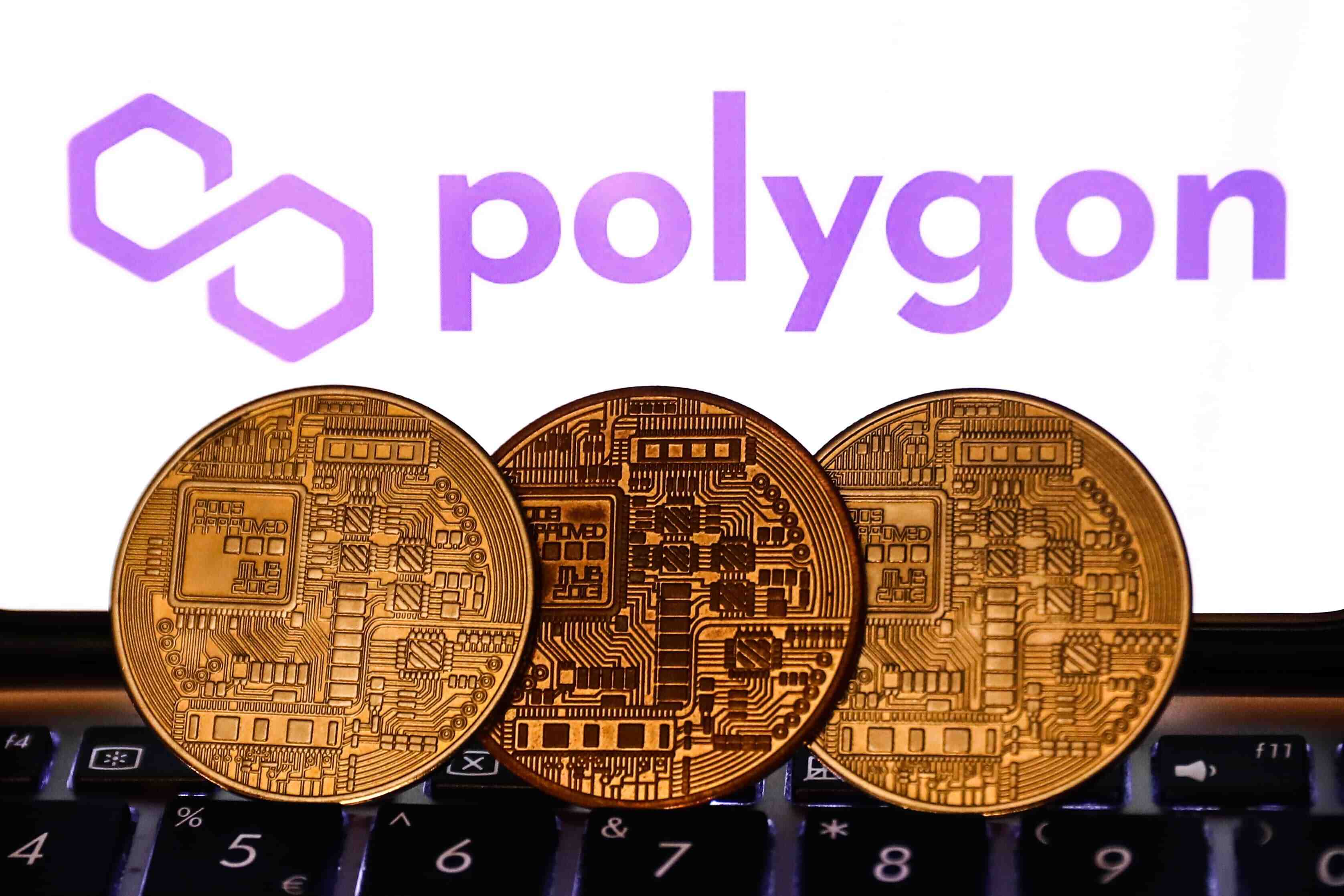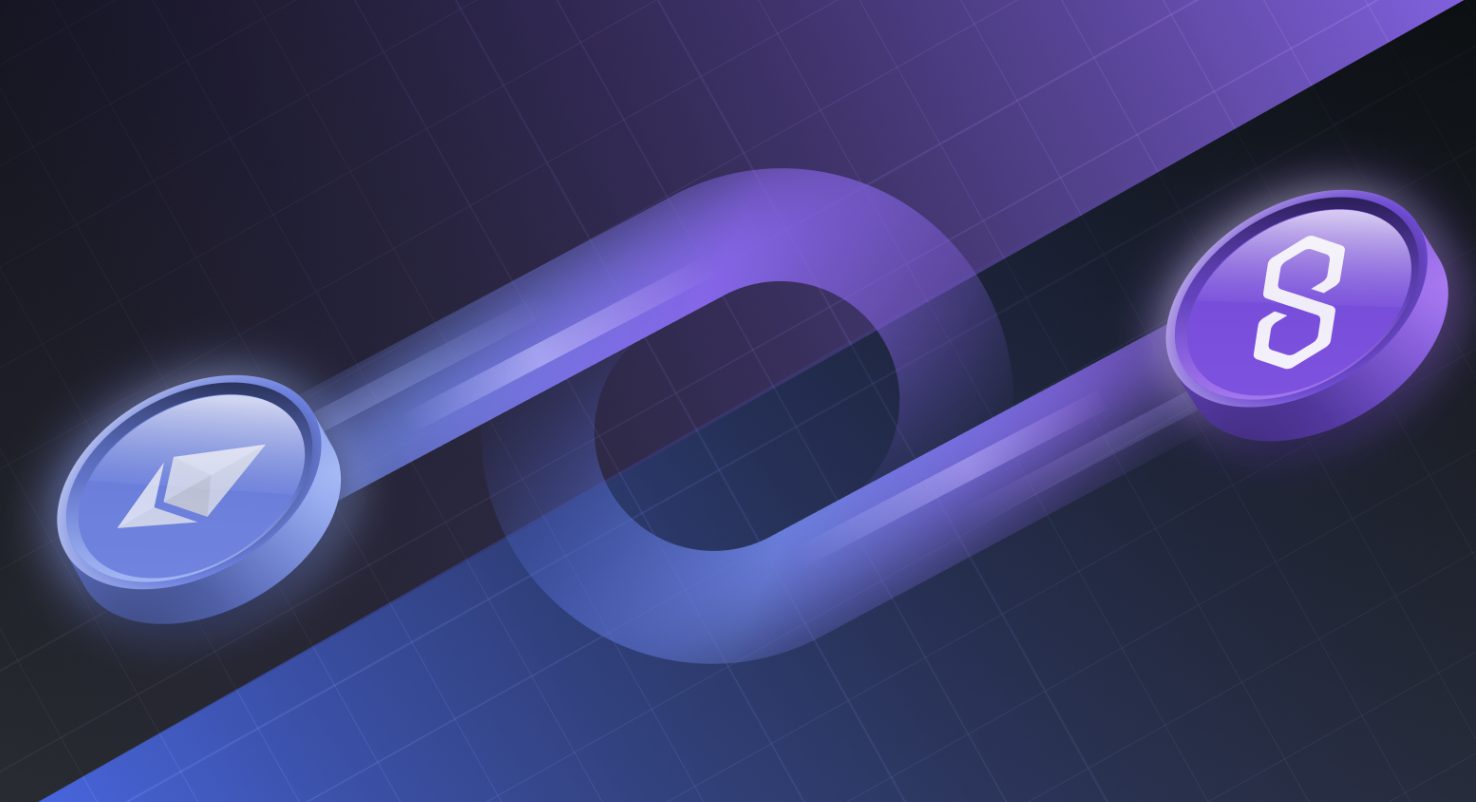Introduction
Blockchain technology has revolutionized various industries by offering decentralized and secure platforms for authentication, transparency, and trust. However, as the adoption of blockchain continues to grow, scalability has emerged as one of its major challenges. The sheer volume of transactions, coupled with the limitations of existing blockchain networks, has led to congestion, high fees, and slower transaction speeds.
To address this challenge, Polygon has emerged as a leading scaling solution for blockchain networks. Polygon, formerly known as Matic Network, is a layer 2 scaling solution built on top of the Ethereum blockchain. It aims to offer a scalable and cost-effective platform for developers to build and deploy decentralized applications (dApps) and provide a seamless experience for end-users.
In this article, we will explore what blockchain is, the challenges it faces, and how Polygon helps to scale blockchain networks. We will also delve into the benefits of using Polygon for blockchain scalability, and highlight some of the real-world use cases where Polygon has proven to be an effective solution.
What is Blockchain?
Blockchain is a distributed and decentralized ledger technology that securely records and validates transactions across multiple computers or nodes. It operates on a peer-to-peer network where each participant in the network has a copy of the entire blockchain. This ensures transparency, immutability, and security for all transactions.
At its core, a blockchain consists of a series of blocks, each containing a list of transactions. These blocks are linked together using cryptographic techniques, forming an irreversible chain of blocks. Each block contains a unique identifier called a hash, which is generated based on the data in the block and the hash of the previous block. This ensures the integrity and immutability of the entire chain, as altering a single block would require altering all subsequent blocks.
Blockchain technology eliminates the need for intermediaries, as transactions are verified and recorded by the network itself. This decentralized nature provides several advantages, including enhanced security, reduced costs, increased efficiency, and greater transparency. Additionally, blockchain technology allows for the development of smart contracts, which are self-executing contracts with predefined conditions. Smart contracts enable automatic execution of agreements, removing the need for intermediaries and reducing the risk of fraud.
The most well-known blockchain network is Ethereum, which introduced the concept of smart contracts and paved the way for decentralized applications (dApps) to be built on top of the blockchain. However, as the popularity of blockchain technology has grown, scalability has become a significant issue. The limitations of existing blockchain networks, such as high fees, slower transaction speeds, and limited scalability, have hindered the widespread adoption of blockchain in various industries.
What are the Challenges of Blockchain?
While blockchain technology has shown great promise, it is not without its challenges. The following are some of the key obstacles that blockchain networks face:
- Scalability: One of the biggest challenges for blockchain networks is scalability. As the number of transactions increases, the network can become congested, resulting in slower transaction confirmations and higher fees. This scalability issue prevents blockchain networks from scaling to meet the demands of mainstream adoption.
- Speed: Another challenge is the speed of transaction processing. Traditional blockchain networks, such as Bitcoin and Ethereum, have limited transaction processing capabilities. This can lead to significant delays in transaction confirmations, making it impractical for applications that require near-instantaneous transactions.
- Cost: Blockchain transactions often come with a cost, known as gas fees, to incentivize miners to process and validate transactions. The fluctuating fees can make transactions expensive, particularly during times of high network congestion. High transaction costs hinder the widespread adoption of blockchain technology, especially for microtransactions or applications that require frequent and low-cost transactions.
- Interoperability: Interoperability between different blockchain networks is still a challenge. Most blockchain networks operate in isolation, making it difficult for them to communicate and share data seamlessly. Lack of interoperability limits the potential of blockchain technology for creating a holistic and connected ecosystem.
- Energy Consumption: Another challenge of blockchain technology is its high energy consumption. The consensus mechanisms used in many blockchain networks, such as proof-of-work, require significant computational power, leading to substantial energy consumption and environmental concerns.
These challenges pose significant barriers to the widespread adoption and scalability of blockchain technology. However, innovative solutions such as Polygon are emerging to address these hurdles and help blockchain networks overcome their limitations.
What is Polygon?
Polygon, formerly known as Matic Network, is a layer 2 scaling solution for blockchain networks, specifically built on the Ethereum blockchain. It aims to address the scalability issues faced by blockchain networks by providing a framework for building and connecting multiple sidechains to the Ethereum network. This layer 2 scaling solution enables faster and more cost-effective transactions while maintaining the security and decentralization of the underlying blockchain.
Polygon is designed to be highly versatile and compatible with existing Ethereum tools, making it easy for developers to migrate their decentralized applications (dApps) to the Polygon network. It provides a scalable infrastructure for the development and deployment of dApps, allowing them to handle a significantly higher transaction throughput compared to the Ethereum mainnet.
The Polygon network is made up of several interconnected components, including the Polygon PoS (Proof of Stake) chain, which acts as the main chain for validating transactions and securing the network. In addition to the PoS chain, Polygon also supports several other types of sidechains and scaling solutions, including Plasma chains and Optimistic Rollups. These sidechains are designed to handle specific use cases and can achieve higher transaction speeds and lower fees compared to the Ethereum mainnet.
One of the key features of Polygon is its ability to seamlessly bridge with the Ethereum network. This allows users to transfer assets and tokens between the Ethereum blockchain and the Polygon network, providing interoperability and flexibility for developers and users. The bridge provides a secure and efficient way to connect assets from one network to another, enabling the movement of liquidity and fostering cross-chain collaborations.
Polygon also offers a wide range of developer tools and resources to support the development of dApps on its network. These tools include the Polygon SDK, which provides a set of libraries and frameworks for building and deploying dApps, as well as the Polygon Dagger, a monitoring and analytics tool for tracking network performance and activity. These developer-centric features make Polygon an attractive choice for developers looking to create scalable and cost-effective blockchain applications.
Overall, Polygon is a powerful layer 2 scaling solution that aims to address the scalability challenges of blockchain networks, particularly on the Ethereum blockchain. It provides developers with the tools and infrastructure needed to build and deploy high-performance dApps while offering users faster transactions and lower fees. With its interoperability with the Ethereum network and commitment to developer-friendly solutions, Polygon is poised to play a crucial role in driving the mass adoption of blockchain technology.
How Does Polygon Help Scale Blockchain?
Polygon offers a range of innovative solutions to help scale blockchain networks, particularly those built on the Ethereum blockchain. By utilizing layer 2 scaling techniques, Polygon improves transaction throughput, reduces fees, enhances speed, and increases overall scalability. Here are some key ways in which Polygon helps scale blockchain:
- Layer 2 Scaling: Polygon operates as a layer 2 scaling solution, which means it functions on top of the Ethereum mainnet. By leveraging sidechains and other layer 2 solutions, Polygon significantly increases the capacity of the network to process transactions. This layer 2 approach allows for faster and more cost-efficient transactions while maintaining the security and decentralization of the Ethereum network.
- Multiple Sidechains: Polygon supports the deployment of multiple sidechains, each with its own set of parameters and features. These sidechains can be customized to address specific use cases and handle different transaction volumes. By distributing transactions across multiple sidechains, Polygon increases the overall transaction throughput of the network, alleviating congestion and reducing fees on the Ethereum mainnet.
- Interoperability: Polygon provides seamless interoperability with the Ethereum network through its bridge mechanism. This allows users to transfer assets and tokens between the Ethereum blockchain and the Polygon network, facilitating liquidity movement and cross-chain collaborations. By bridging with Ethereum, Polygon taps into the existing Ethereum ecosystem while also offering scalability improvements.
- Scalable Infrastructure: Polygon offers a scalable infrastructure for developers to build and deploy decentralized applications (dApps). With Polygon’s infrastructure, developers can create highly efficient dApps that can handle a significantly higher transaction throughput compared to the Ethereum mainnet. This infrastructure provides the necessary foundations for dApps to scale and accommodate large user bases, without compromising on security or decentralization.
- Developer Tools: Polygon provides a comprehensive set of developer tools and resources designed to simplify the development process. The Polygon SDK offers a range of libraries and frameworks that enable developers to easily build and deploy dApps on the Polygon network. These tools, coupled with the compatibility of Polygon with existing Ethereum tools, make it convenient for developers to migrate their dApps to Polygon and take advantage of its scalability benefits.
By employing layer 2 scaling techniques, supporting multiple sidechains, offering interoperability, providing scalable infrastructure, and offering developer-friendly tools and resources, Polygon plays a crucial role in scaling blockchain networks, particularly those built on the Ethereum blockchain. With Polygon, blockchain applications can achieve higher transaction throughput, lower fees, improved speed, and enhanced scalability, ultimately paving the way for widespread adoption of blockchain technology.
Benefits of Using Polygon for Blockchain Scalability
Polygon offers several key benefits for blockchain scalability, making it an attractive solution for developers and users alike. By leveraging its layer 2 scaling techniques and interoperability with the Ethereum network, Polygon provides the following advantages:
- Improved Transaction Throughput: Polygon significantly enhances transaction throughput by leveraging layer 2 scaling solutions. By distributing transactions across multiple sidechains, Polygon reduces congestion on the Ethereum mainnet, resulting in faster transaction confirmations and improved overall network performance. This improved throughput allows for the smooth functioning of decentralized applications (dApps) and facilitates the scalability of blockchain networks.
- Reduced Transaction Fees: With the congestion eased on the Ethereum mainnet, Polygon helps reduce transaction fees for users. By offloading a significant portion of transactions to sidechains, Polygon reduces the demand for block space on the mainnet, resulting in lower fees. This reduction in transaction costs makes blockchain technology more accessible and affordable, opening up new possibilities for microtransactions and applications that require frequent transactions.
- Enhanced Speed and Responsiveness: The layer 2 scaling techniques employed by Polygon substantially improve transaction speed and responsiveness. By processing transactions on sidechains, Polygon achieves faster validation and confirmation times, enabling near-instantaneous transaction processing. This enhanced speed is crucial for applications such as decentralized finance (DeFi), gaming, and non-fungible tokens (NFTs) that require real-time interactions and a seamless user experience.
- Interoperability with Ethereum: Polygon’s bridge mechanism allows for seamless interoperability between the Ethereum network and the Polygon network. This enables the movement of assets and tokens between the two networks, providing users with flexibility and liquidity. Developers can leverage the existing Ethereum ecosystem while benefiting from Polygon’s scalability, creating a more connected and vibrant blockchain environment.
- Developer-Friendly Solutions: Polygon offers a host of developer tools and resources, making it easy for developers to migrate their dApps to the Polygon network. The compatibility of Polygon with existing Ethereum tools and the availability of the Polygon SDK expedite the development process and reduce the learning curve for developers. This developer-friendly approach encourages wider adoption of Polygon, resulting in an expanded ecosystem of high-quality dApps and enhanced network effects.
Overall, using Polygon for blockchain scalability brings numerous advantages, including improved transaction throughput, reduced fees, enhanced speed, interoperability with Ethereum, and developer-friendly solutions. These benefits pave the way for the mass adoption of blockchain technology by addressing scalability limitations and making blockchain networks more accessible, affordable, and efficient.
Use Cases of Polygon in Scaling Blockchain
Polygon has proven to be effective in scaling blockchain networks and has found applications in various industries. Here are some notable use cases where Polygon has been utilized for blockchain scalability:
- Decentralized Finance (DeFi): DeFi has emerged as one of the most prominent use cases for blockchain technology. Polygon has witnessed significant adoption in the DeFi space, offering faster transactions and lower fees compared to the Ethereum mainnet. Several popular DeFi protocols have deployed on Polygon, enabling users to access decentralized lending, yield farming, decentralized exchanges, and more, without the high costs and congestion associated with the Ethereum network.
- Gaming: The gaming industry has shown increasing interest in utilizing blockchain technology. Polygon’s scalability and low transaction fees make it an ideal solution for game developers looking to incorporate blockchain into their games. By integrating Polygon, game developers can create immersive gaming experiences with features such as asset ownership, in-game economies, and verifiable scarcity. Polygon’s fast confirmation times ensure near-instantaneous in-game transactions, enhancing the overall gaming experience.
- Non-Fungible Tokens (NFTs): The rise of NFTs has brought new possibilities for creators, artists, and collectors. Polygon has become a popular choice for NFT platforms due to its scalability and cost-efficiency. With Polygon, artists can mint, sell, and trade NFTs without the high gas fees and congestion on the Ethereum network. Additionally, Polygon’s interoperability with Ethereum allows for easy asset transfer between different NFT platforms, promoting liquidity and cross-platform integration.
- Social Media and Content Platforms: Blockchain-based social media and content platforms can benefit greatly from Polygon’s scalability features. By utilizing Polygon, these platforms can handle a high volume of user-generated content, transactions, and interactions more efficiently. Additionally, lower transaction fees make micro-tipping, content monetization, and rewarding user engagement more viable, fostering community growth and incentivizing content creators.
- Supply Chain and Logistics: Supply chain and logistics industries can leverage Polygon to improve transparency, traceability, and efficiency. By utilizing smart contracts on the Polygon network, stakeholders can securely track and verify the movement of goods, ensuring compliance with regulations and mitigating fraud. The scalability of Polygon enables real-time updates and faster processing of transactions, reducing paperwork and delays in supply chain processes.
These are just a few examples of the wide-ranging use cases where Polygon has been employed to scale blockchain networks. From DeFi to gaming, NFTs to supply chain, Polygon’s scalability solutions enable industries to harness the benefits of blockchain technology without the limitations of higher fees and slower transactions on the Ethereum mainnet.
Conclusion
Polygon has emerged as a powerful scaling solution for blockchain networks, addressing the scalability challenges faced by the Ethereum blockchain and other blockchain platforms. By leveraging layer 2 scaling techniques, interoperability with Ethereum, and a developer-friendly ecosystem, Polygon offers significant benefits for both developers and users.
The benefits of using Polygon for blockchain scalability are numerous. Developers can enjoy improved transaction throughput, reduced fees, enhanced speed, and a scalable infrastructure for building and deploying decentralized applications (dApps). The compatibility with existing Ethereum tools and the availability of developer resources make Polygon an attractive choice for those seeking to migrate their dApps or build new applications.
For users, Polygon offers faster transactions, lower fees, and interoperability with the Ethereum network. This means a more seamless and cost-effective experience while accessing decentralized finance, gaming, NFTs, social media platforms, supply chain solutions, and other use cases.
The adoption and success of Polygon in various industries underscore its importance as a scaling solution for blockchain networks. Its ability to handle high transaction volumes, reduce congestion on the Ethereum mainnet, and increase overall scalability paves the way for broader blockchain adoption and unlocks the potential for new and innovative applications.
As blockchain technology continues to evolve, Polygon’s role in scaling blockchain networks will be crucial. Its ongoing development and commitment to providing scalable, cost-effective, and developer-friendly solutions position Polygon as a significant player in driving the mass adoption of blockchain technology.










